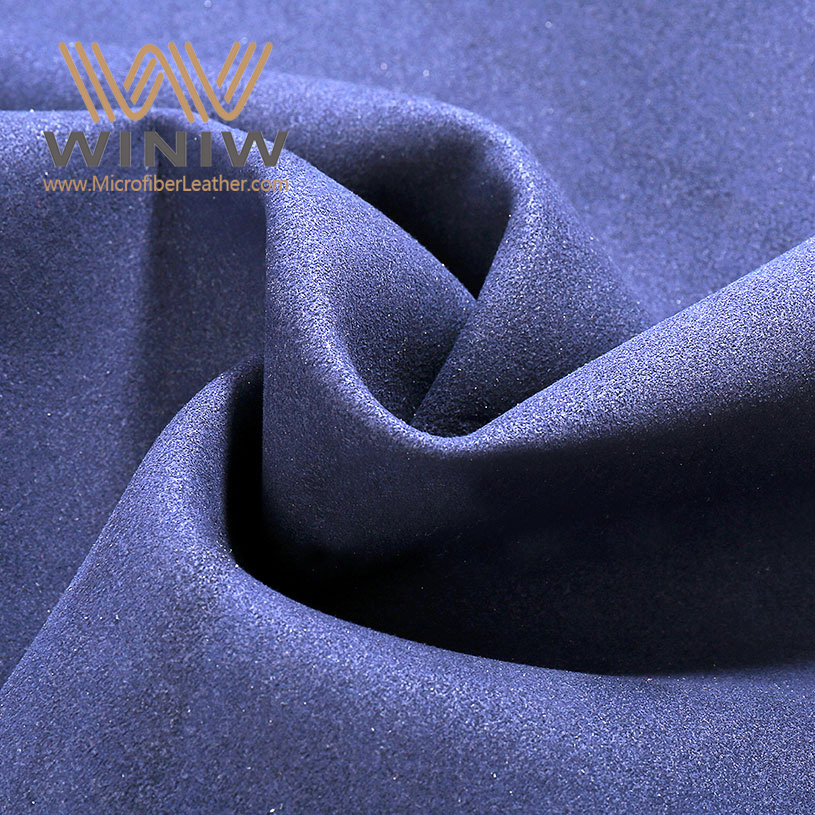
Nubuck suede shoes differ from traditional suede shoes in their texture and the way manufacturers craft each material. Many shoppers want to know which option suits their needs best. Both types offer a silky feel, but their durability and weather performance can vary. People often consider how each shoe looks and feels, along with how easy they are to maintain.
Shoppers focus on how the origins and crafting methods affect their choices.
Style preferences and maintenance requirements play a key role in decision-making.
Understanding the benefits of each material can improve satisfaction.
Nubuck shoes come from the outer layer of animal hides, offering strength and durability.
Suede shoes are made from the inner layer, resulting in a softer and more delicate texture.
Nubuck is generally more expensive due to its robust nature and the extra processing required.
Both materials require regular maintenance to keep them looking their best.
Nubuck shoes resist wear better than suede, making them ideal for everyday use.
Suede shoes provide a plush feel and are great for special occasions or light use.
Consider your lifestyle and maintenance commitment when choosing between nubuck and suede.
Proper storage and care can significantly extend the life of both nubuck and suede shoes.
Nubuck stands out as a premium material in the world of footwear. Nubuck leather comes from the outer side of animal hides, which gives it strength and a luxurious feel. The history of nubuck traces back to the 19th century, when artisans began sanding the outer layer of hides from male deer, moose, or elk. The name "nubuck" likely comes from the phrase "new buck." In the 1930s, the Duke of Windsor wore nubuck shoes in America, making them popular among the elite.
Manufacturers create nubuck by sanding or buffing the grain side of the hide. This process produces a soft, velvety surface. Nubuck leather requires heavy dyeing to cover the sanding marks and to achieve a uniform color. The result is a material that combines durability with elegance. Nubuck is often more expensive than suede because of its strength and the extra steps involved in production.
Nubuck is made from the outer side of the hide, offering more thickness and strength.
Nubuck leather is commonly used in footwear and automotive interiors.
The material is supple, breathable, and flexible, making it comfortable for daily wear.
Nubuck develops a unique patina over time, adding character to each pair of shoes.
The soft nap of nubuck absorbs water and stains easily, so it needs careful maintenance.
Tip: Nubuck shoes offer a balance of luxury and practicality, but they require regular care to maintain their appearance.
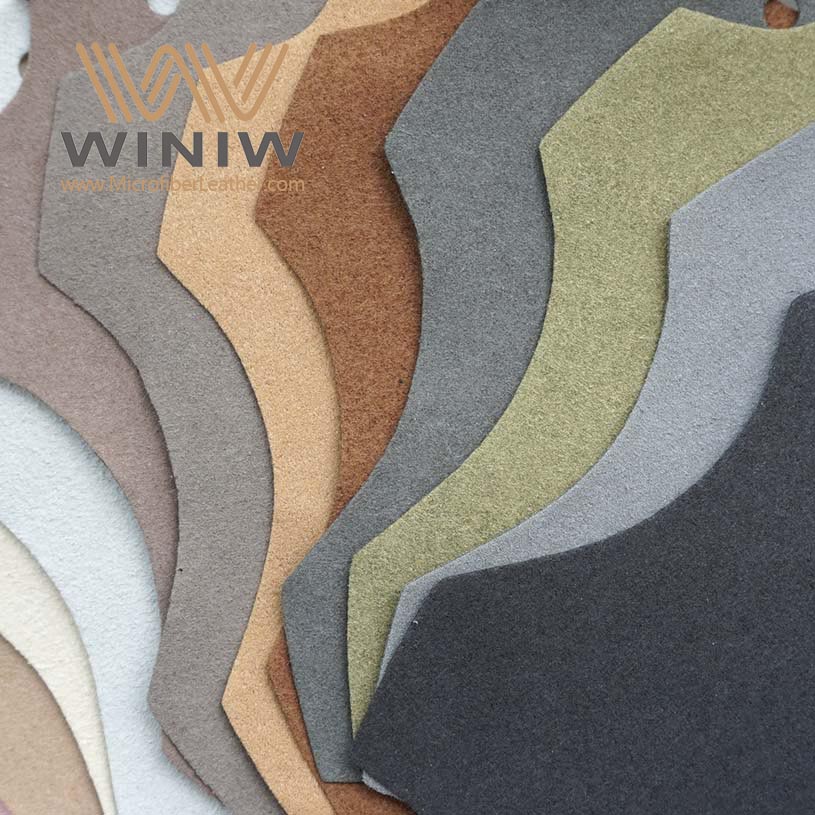
Nubuck leather has a buttery-soft, velvety texture that feels smooth to the touch. The sanding process gives nubuck its signature matte finish, which sets it apart from glossy leathers. The surface subtly reflects light, adding depth and sophistication to the shoe's look. Nubuck shoes come in a wide range of colors, allowing designers to create both classic and modern styles. The natural grain remains visible, giving each pair a unique character that appeals to those who value style and quality.
|
Characteristic |
Description |
|---|---|
|
Soft, Velvety Texture |
Nubuck has a smooth, luxurious surface. |
|
Matte, Natural Finish |
The finish is subtle and unpolished, offering a refined look. |
|
Breathable and Flexible |
Nubuck adapts to the wearer's foot for comfort. |
|
Ages Beautifully With Patina |
The material develops a rich patina over time. |
|
Delicate to Water and Stains |
The soft nap absorbs moisture and stains easily. |
Nubuck shoes provide a strong and durable option for footwear, though they do not match the toughness of full-grain leather. Nubuck leather resists wear better than suede, but it remains more vulnerable to scratches and stains than patent or full-grain leather. Everyday use can lead to scuffs, especially when shoes come into contact with rough surfaces. Without proper cleaning and conditioning, nubuck can become dry and brittle. Environmental factors like heat, sunlight, and moisture may cause fading or weaken the material. Despite these challenges, many choose nubuck for its blend of durability and elegance.
|
Leather Type |
Durability Comparison |
|---|---|
|
Nubuck |
Strong and durable, but less than full grain leather |
|
Full Grain |
More durable than nubuck |
|
More durable and scratch resistant than nubuck |
|
|
Suede |
Less durable than nubuck |
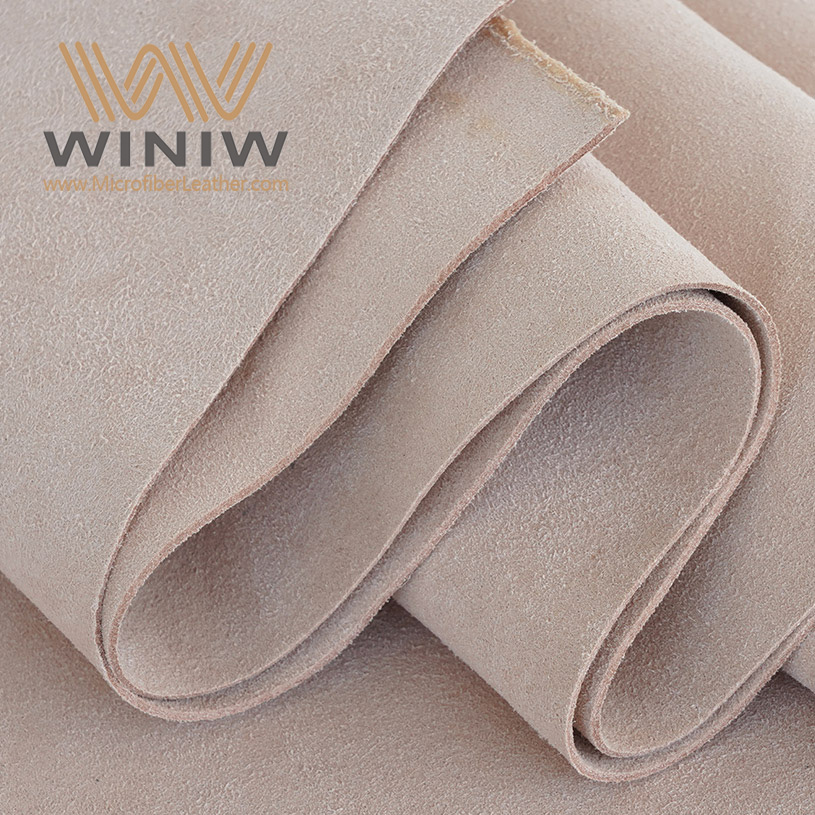
Suede stands as a popular choice in the footwear industry due to its soft texture and stylish appearance. Manufacturers create suede leather from the inner, lower layers of animal hides, known as the corium. This process involves sanding the inner surface to produce a napped finish. Unlike nubuck, which uses the outer layer of the hide, suede comes from the softer underside, resulting in a more delicate material.
Suede leather is produced by sanding the corium, the lower layer of the hide.
The sanding creates a velvet-like nap that gives suede its signature softness.
Nubuck, in contrast, is made from the full-grain outer layer, making it thicker and more robust.
Suede leather offers several features that make it attractive for shoe shoppers:
Lightweight and flexible, providing comfort for everyday wear.
Breathable, allowing air to circulate and keeping feet cool.
Soft to the touch, with a luxurious feel that appeals to many.
Versatile, used in a wide range of products beyond shoes, such as boots, sandals, jackets, coats, handbags, and wallets.
Suede leather appears frequently in high-end footwear, including loafers, trainers, heels, flats, and Chelsea boots. Its versatility and appeal make it a staple in fashion.
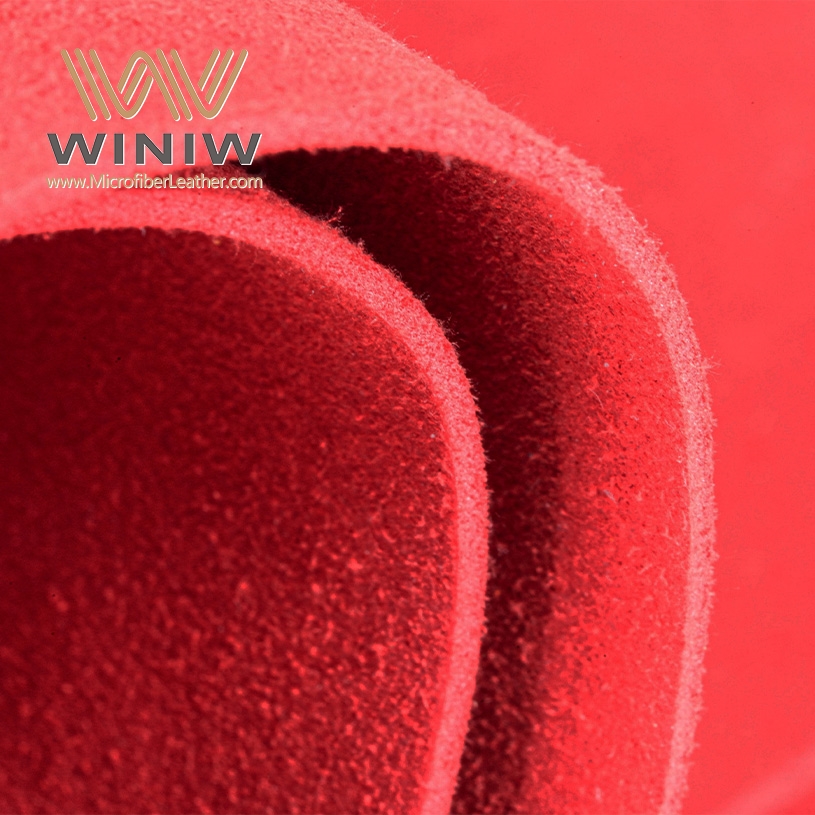
|
Use Type |
Description |
|---|---|
|
Shoes |
Suede is used as upper leather for shoes due to its durability and softness. |
|
Sneakers |
Its breathability makes it ideal for sneakers, allowing moisture transport. |
|
Boots |
Commonly used in boots for its robust nature and aesthetic appeal. |
|
Sandals |
Suede's soft texture is favored in sandals for comfort and style. |
Suede shoes feature a soft, pliable texture with a velvet-like finish. The sanding of the inner hide creates a uniform and fluffy surface. This texture sets suede apart from nubuck, which has a coarser and more structured feel. Suede leather provides a more delicate and gentle touch, making it ideal for those who value comfort and elegance.
Suede is made from the inner side of the hide, resulting in a softer and more uniform appearance.
Nubuck, made from the outer side, displays a pronounced texture with visible natural imperfections.
Suede shoes often look more consistent in color and texture, while nubuck shoes show more variation.
|
Material |
Source of Hide |
Texture |
Appearance |
|---|---|---|---|
|
Suede |
Inner side |
Softer, fluffier |
More uniform |
|
Nubuck |
Outer side |
Finer, structured |
Pronounced imperfections |
Note: Suede leather feels softer and more delicate than nubuck, making it a favorite for stylish, comfortable footwear.
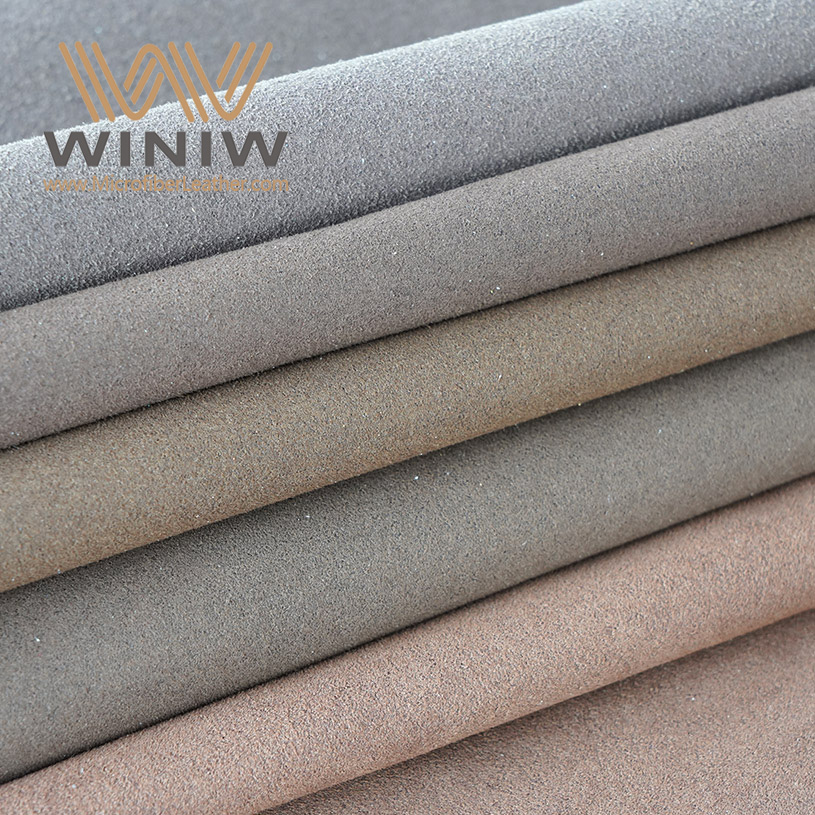
Suede shoes offer comfort and style but do not match the durability of nubuck or full-grain leather. The inner layer used for suede is less robust, leading to inferior performance over time. Suede leather is generally less durable than nubuck because it is softer and more prone to wear.
Several factors affect the lifespan of suede shoes:
Moisture: Feet sweat during wear, and moisture penetrates the suede.
Odor: Bacteria thrive in damp environments, causing persistent smells.
Dirt Accumulation: Environmental factors can dirty suede shoes, impacting their appearance and hygiene.
Moisture management is crucial when caring for suede footwear. Air drying, using shoe trees, and placing silica gel packets inside shoes help maintain their shape and absorb excess moisture.
Not all suede leather is equal. The quality of the hide, tanning process, and finishing techniques influence durability. High-end suede from reputable tanneries receives premium oils and dyes, enhancing its lifespan. Lower-grade suede may wear out faster due to harsh chemicals and inferior hides.
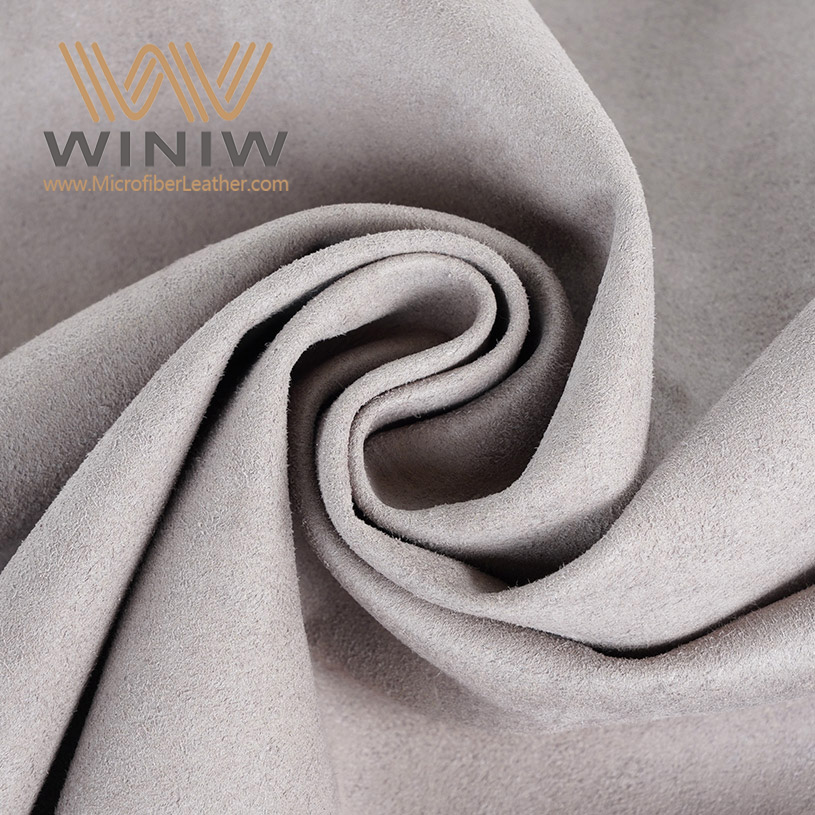
Nubuck and suede stand out as two popular materials in the world of footwear. Each offers unique qualities that appeal to different shoppers. Nubuck suede shoes use the outer layer of the hide, while suede shoes use the inner layer. This difference in origin leads to distinct textures, durability, and appearances.
Nubuck leather feels robust and slightly coarse. It resists wear better than suede leather. Many shoppers ask, is nubuck more durable than suede? The answer is yes. Nubuck provides greater resilience and strength, making it a preferred choice for those seeking long-lasting shoes. Suede, on the other hand, feels softer and more delicate. It offers a plush, velvety touch that many find comfortable.
Water resistance also separates these materials. Laboratory tests show that nubuck leather absorbs less water than suede. Nubuck suede shoes handle damp conditions better, but both materials remain vulnerable to stains and require regular care.
Comfort plays a significant role in the nubuck vs suede debate. Customers often describe suede boots as soft and conforming to the feet. Suede leather allows air to circulate, keeping feet cool during long wear. However, suede absorbs moisture quickly, which can cause discomfort in wet environments. Nubuck shoes offer a firmer feel and maintain their shape well.
Price differences also influence shopper decisions. Nubuck shoes generally cost more than suede shoes. The higher price reflects the quality of the hide and the extra processing required for nubuck. Suede shoes, made from a less robust part of the hide, usually come at a lower price point.
Tip: Nubuck suede shoes suit those who want durability and a refined look, while suede shoes appeal to shoppers who value softness and comfort.
The following table provides a quick reference for the main differences in the nubuck vs suede comparison:
|
Feature |
Nubuck |
Suede |
|---|---|---|
|
Source of Hide |
Outer layer |
Inner layer |
|
Texture |
Hard, robust, coarse |
Soft, malleable, delicate |
|
Appearance |
Matte, visible grain |
Uniform, velvety |
|
Durability |
Stronger, more resilient |
Less resilient, thinner |
|
Water Resistance |
More water-resistant |
Absorbs water quickly |
|
Comfort |
Firm, supportive |
Soft, conforms to feet |
|
Stain Resistance |
Susceptible, needs care |
Highly susceptible, needs care |
|
Price Range |
Higher |
Lower |
Nubuck shoes are generally more expensive than suede shoes due to the quality of the hide used.
Suede shoes are typically less expensive as they are made from an inferior part of the hide.
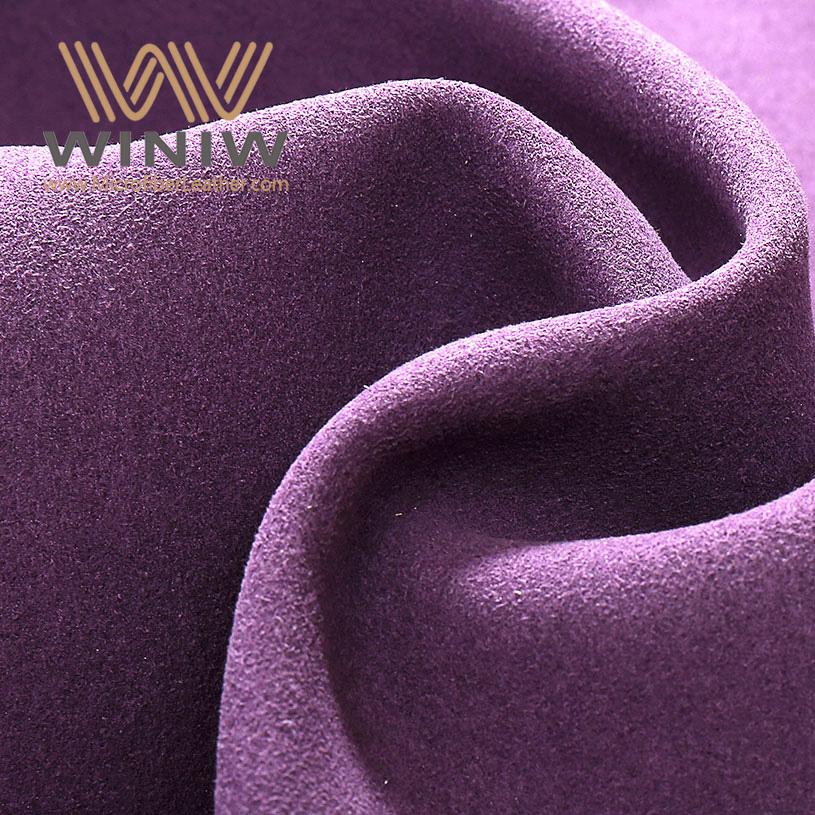
Many shoppers want to know how to distinguish nubuck leather from suede leather. The most reliable methods involve touch and appearance. Nubuck feels harder and more robust, while suede feels soft and delicate. Nubuck comes from the outer layer of the hide, giving it a coarser texture. Suede comes from the inner layer, resulting in a thinner and more flexible material.
|
Characteristic |
Nubuck |
Suede |
|---|---|---|
|
Texture |
Hard, robust, coarse |
Soft, malleable, delicate |
|
Source |
Outer layer of hide |
Inner layer of hide |
|
Durability |
Stronger, more resilient |
Less resilient, thinner |
Note: When comparing nubuck vs suede, always check the texture and thickness. Nubuck suede shoes feel firmer and show more natural grain, while suede leather shoes feel softer and look more uniform.
Shoppers often ask how to choose between nubuck and suede leather for their footwear. Several lifestyle factors play a role in this decision. Nubuck offers durability, making it suitable for those who wear their shoes frequently or need footwear that lasts. Suede leather, while soft and luxurious, may require more frequent replacement due to its delicate nature. People who value longevity and sustainability often prefer nubuck. Those who prioritize comfort or a sophisticated look may lean toward suede. Daily activities also influence the choice. Individuals with active routines or exposure to changing weather conditions benefit from the resilience of nubuck leather. Honest self-assessment of maintenance commitment helps ensure satisfaction with either material.
Nubuck provides long-term durability for regular wear.
Suede leather offers comfort and style but may need more care.
Consider daily activities and exposure to moisture.
Assess willingness to maintain shoes properly.
Personal style and aesthetic preferences matter.
Nubuck suede shoes perform better in various climates. Nubuck can handle light moisture and spills more effectively than suede. Neither material is fully waterproof, so protective treatments are recommended.
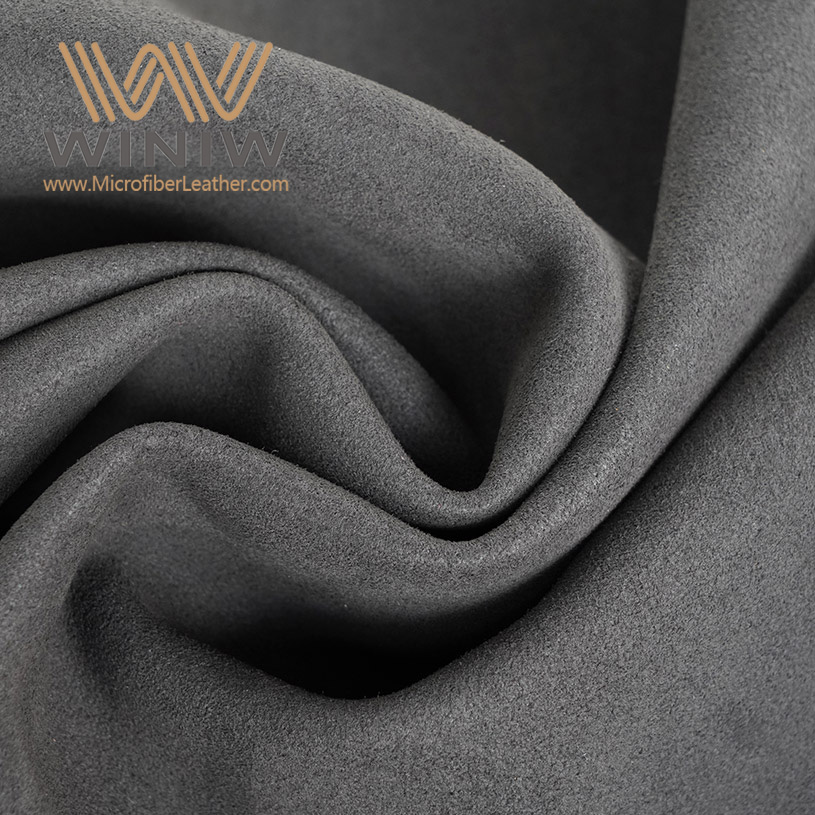
Fashion trends and outfit choices influence the selection of nubuck or suede shoes. Nubuck, made from the strongest part of the hide, is thicker and more robust. This quality makes nubuck leather ideal for shoes that see frequent use. Current trends favor nubuck for its durability, comfort, and elegant appearance. Designers offer nubuck in vibrant colors, increasing its popularity in footwear fashion. Suede leather remains a classic choice for those who appreciate a plush, velvety finish. Suede shoes pair well with statement coats, floral dresses, or luxe loungewear. Brown suede Oxfords complement fitted jeans or summer suits, while tan suede Derby shoes match gray chinos and white polos. Gray suede chukkas work with black jeans for a stylish date night look.
Nubuck shoes suit active lifestyles and modern fashion.
Suede shoes enhance classic and casual outfits.
Nubuck leather offers eco-friendly options and bold colors.
Suede leather provides a luxurious touch for special occasions.
Maintenance requirements differ between nubuck and suede leather. Nubuck shoes need less frequent care but require specific products. Owners should use a nubuck brush and waterproofing spray, blot with a microfibre cloth, and let shoes dry naturally. Periodic waterproofing helps protect nubuck leather from moisture and stains. Suede shoes demand more regular attention. A suede brush removes stains and restores the nap. Suede leather is prone to dirt and moisture damage, so consistent cleaning is essential.
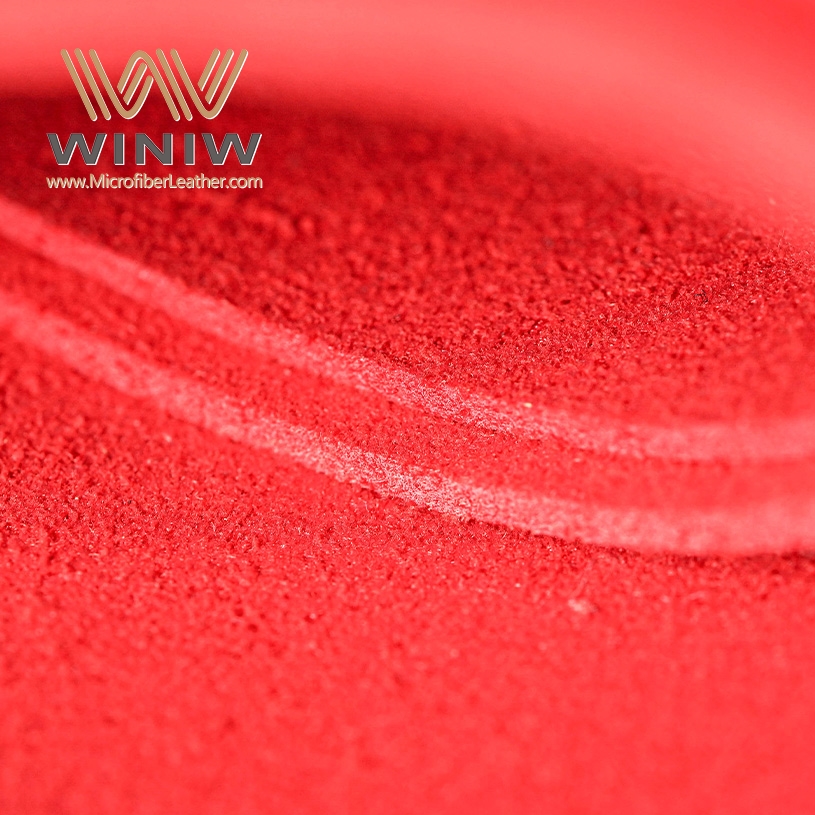
|
Type of Shoe |
Maintenance Requirements |
|---|---|
|
Nubuck |
Needs Saphir nubuck cleaner, silicone brush, waterproofing spray 2-3 times a year |
|
Suede |
Requires frequent brushing, prone to stains and moisture damage |
People who prefer low-maintenance footwear often choose nubuck. Those willing to invest time in cleaning and care may enjoy the look and feel of suede leather.
Tip: Evaluate your lifestyle, style preferences, and maintenance habits before selecting nubuck suede shoes or suede shoes. The right choice depends on personal needs and how each material fits daily life.
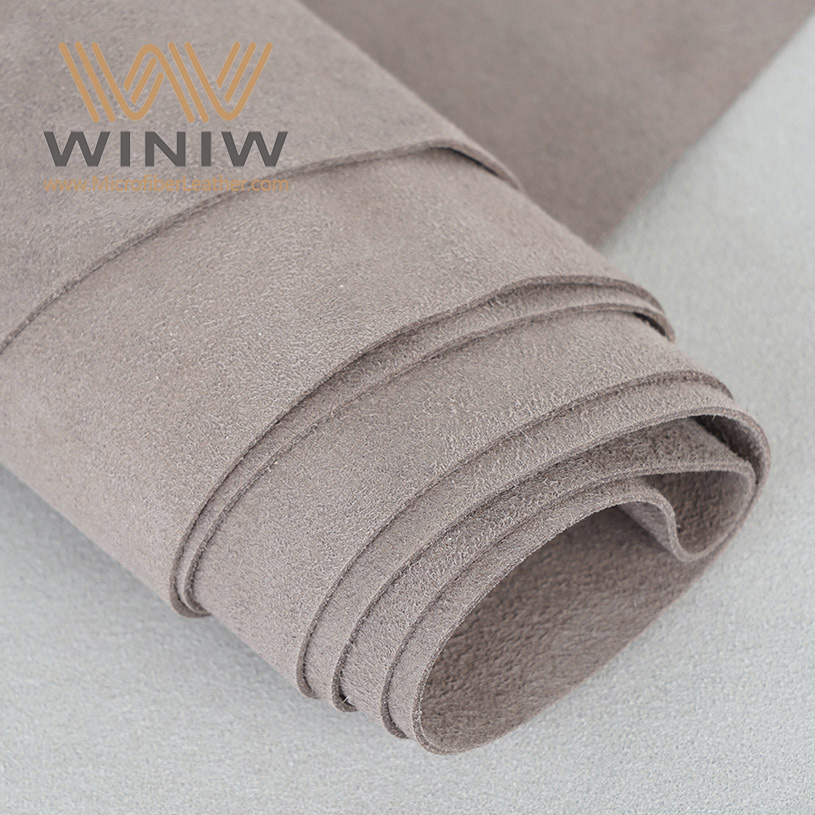
Nubuck shoes require gentle care to maintain their luxurious appearance. Shoe care experts recommend several effective methods for cleaning nubuck.
Use a nubuck brush to gently remove surface dirt and grit. Always brush in the direction of the nap to avoid damaging the texture.
For light stains, a nubuck eraser or a white pencil eraser works well. Lightly rub the stained area until the mark fades.
Water stains can be managed by lightly dampening the entire surface. Brush gently, then blot with a dry cloth to prevent water rings.
Salt stains often appear during winter. Remove loose salt with a brush, then wipe the area with a cloth dipped in distilled white vinegar.
For tough stains, act quickly. Sprinkle cornflour on oil or grease stains to absorb the residue before brushing it away.
Regular cleaning and maintenance tips for nubuck and suede leather help extend the life of your shoes. Nubuck benefits from prompt attention to stains and consistent brushing to keep the nap looking fresh.
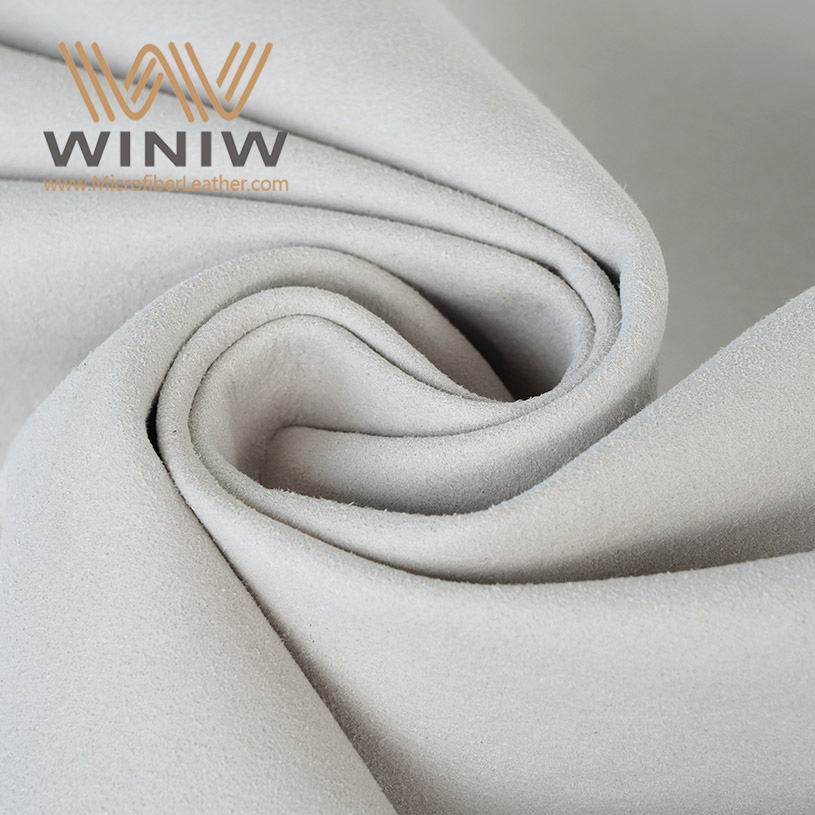
Suede shoes need special products and techniques to preserve their soft, velvety finish.
Saphir Gommadin Suede Eraser removes surface stains and scuffs without harming the material.
Saphir Omni'Nettoyant Suede Cleaner provides deep cleaning and rejuvenates the suede.
Saphir Foam Cleaner offers an alternative with foaming action for effective cleaning.
After cleaning, Saphir Super Invulner Spray protects suede shoes from water and stains.
Saphir Pate de Luxe Suede Polish restores the natural luster and conditions the suede.
Always use a suede brush to lift the nap and remove dirt. Avoid soaking suede shoes in water, as this can cause permanent damage. Allow shoes to air dry naturally after cleaning.
Protecting nubuck and suede shoes from water and stains is essential for maintaining their appearance.
Spray nubuck shoes with a protector aerosol before wearing them. This step helps prevent water and stains from penetrating the material.
Clean everyday dust and dirt with a soft bristle brush using light strokes.
For water stains, apply water evenly to the affected area and blot with a microfiber towel.
Use a suede eraser for non-water spots and stains, applying light pressure to avoid damaging the nap.
For stubborn stains, use the aerosol protector as a cleaning agent, then brush and allow the shoes to dry completely.
Many shoppers ask, can you waterproof nubuck or suede? While no treatment makes these materials fully waterproof, regular use of protective sprays significantly improves resistance to moisture and stains. Consistent care ensures that both nubuck and suede shoes remain stylish and durable for years.
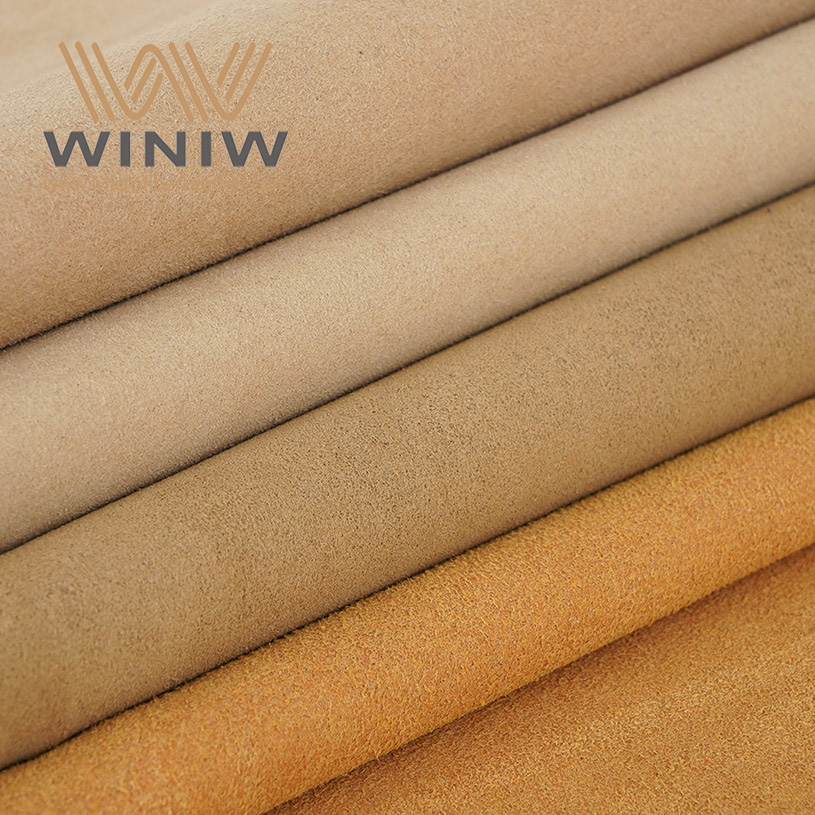
Proper storage plays a crucial role in preserving the quality and appearance of nubuck and suede shoes. These materials require careful attention because they absorb moisture and attract dust easily. Shoe owners often overlook storage, but it can make a significant difference in the lifespan of footwear.
Experts recommend several strategies to maintain nubuck and suede shoes in top condition. Cotton garment bags allow air to circulate, which helps prevent mildew. Breathable fabric pouches also protect shoes from dust and light exposure. Acid-free tissue paper provides another layer of defense against moisture buildup. Shoe owners can stuff shoes with this paper or use shoe trees to help maintain shape and prevent creasing.
A dry environment remains essential for both nubuck and suede. Moisture absorbers, such as silica gel packets, help keep humidity levels low inside storage containers. Plastic bags trap moisture and encourage mold growth, so shoe owners should avoid them. Fabric storage bins lined with acid-free tissue paper offer a safe alternative for foldable suede items.
Storing shoes upright prevents deformation and creasing. Shoe boxes provide protection from light and dust, especially when paired with fabric pouches or tissue paper. Many people choose to keep shoes in their original boxes for added security. This method shields delicate materials from environmental damage.
The following table summarizes recommended storage practices for nubuck and suede shoes:
|
Storage Method |
Benefit |
|---|---|
|
Cotton garment bags |
Prevent mildew, allow airflow |
|
Acid-free tissue paper |
Absorb moisture, maintain shape |
|
Shoe trees |
Preserve structure |
|
Fabric pouches |
Protect from dust and light |
|
Silica gel packets |
Control humidity |
|
Upright storage |
Avoid creasing |
|
Original shoe boxes |
Shield from environmental harm |
Tip: Shoe owners should check stored shoes regularly for signs of moisture or mildew. Quick action prevents permanent damage.
A consistent storage routine helps maintain the softness and color of nubuck and suede. Shoes stored in dry, cool places retain their shape and texture longer. Shoe owners who follow these guidelines enjoy footwear that looks fresh and lasts for years.
Nubuck suede shoes offer durability and a refined look. Nubuck comes from the outer hide, giving it strength and a soft, velvety feel. Suede uses the inner layer, creating a plush texture but less resilience. Nubuck resists wear better than suede. Suede feels softer and looks more uniform. Shoppers who understand the differences between nubuck and suede can choose wisely. With proper care, both nubuck and suede can make excellent shoes for any wardrobe.
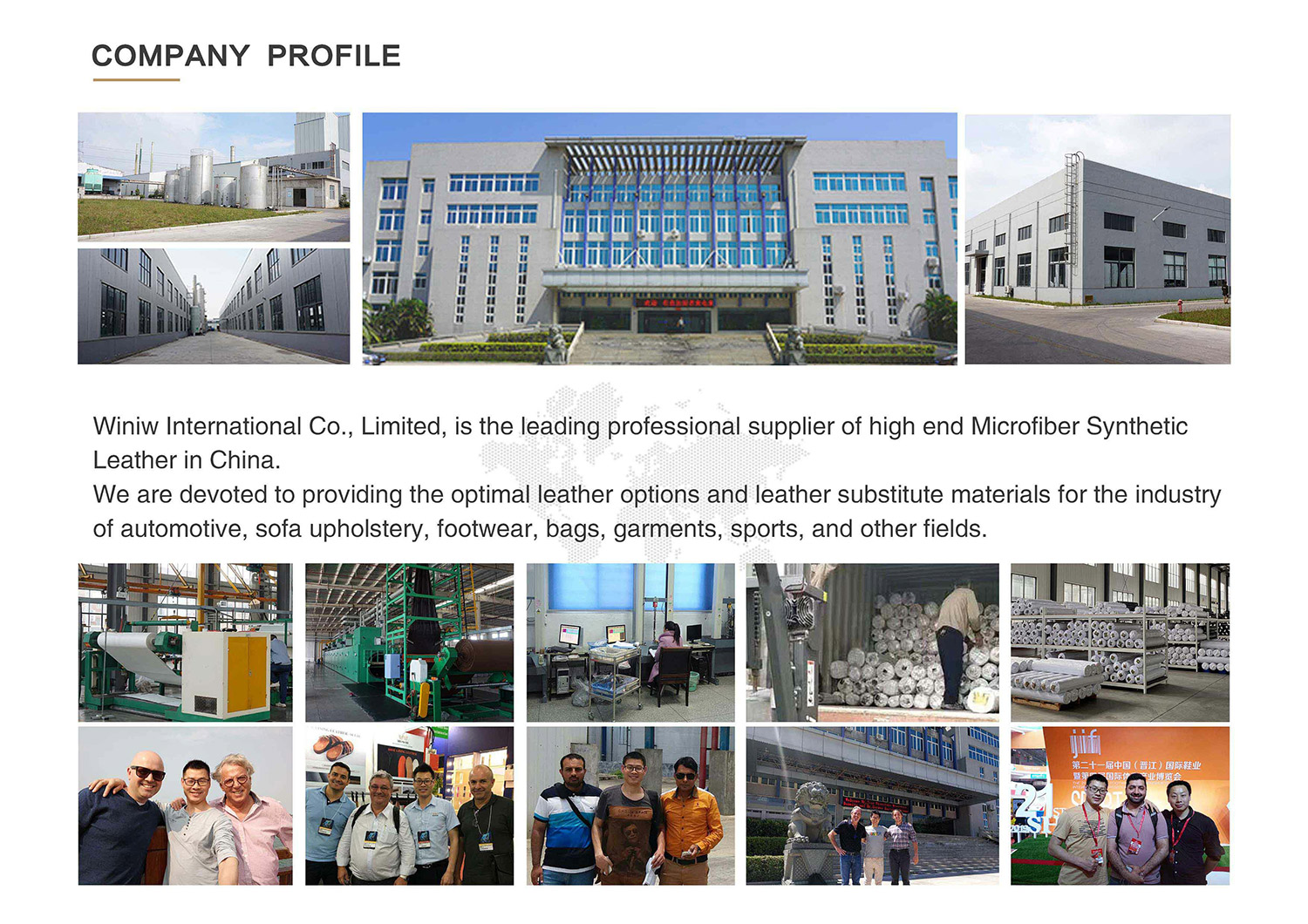
Nubuck comes from the outer layer of the hide. Suede uses the inner layer. Nubuck feels firmer and lasts longer. Suede feels softer and looks more uniform.
Both materials absorb water easily. Nubuck resists moisture better than suede. Protective sprays help reduce water damage. Neither material is waterproof.
A suede brush removes dirt. Special erasers help with stains. Saphir cleaners restore the nap. Air drying keeps the shoes in good shape.
Nubuck shoes usually cost more. The outer hide and extra processing increase the price. Suede shoes use a softer layer and cost less.
Nubuck suits daily use. It resists wear and keeps its shape. Suede works for special occasions or light use. Nubuck lasts longer with regular care.
Both materials need dry, cool storage. Cotton bags and shoe trees help maintain shape. Silica gel packets control moisture. Avoid plastic bags.
Special sprays and polishes restore color. Nubuck and suede respond well to products made for their texture. Regular care keeps colors vibrant.
Light scratches on nubuck fade with gentle brushing. Suede responds to erasers and brushes. Deep scratches may need professional repair.

Scan to wechat:
